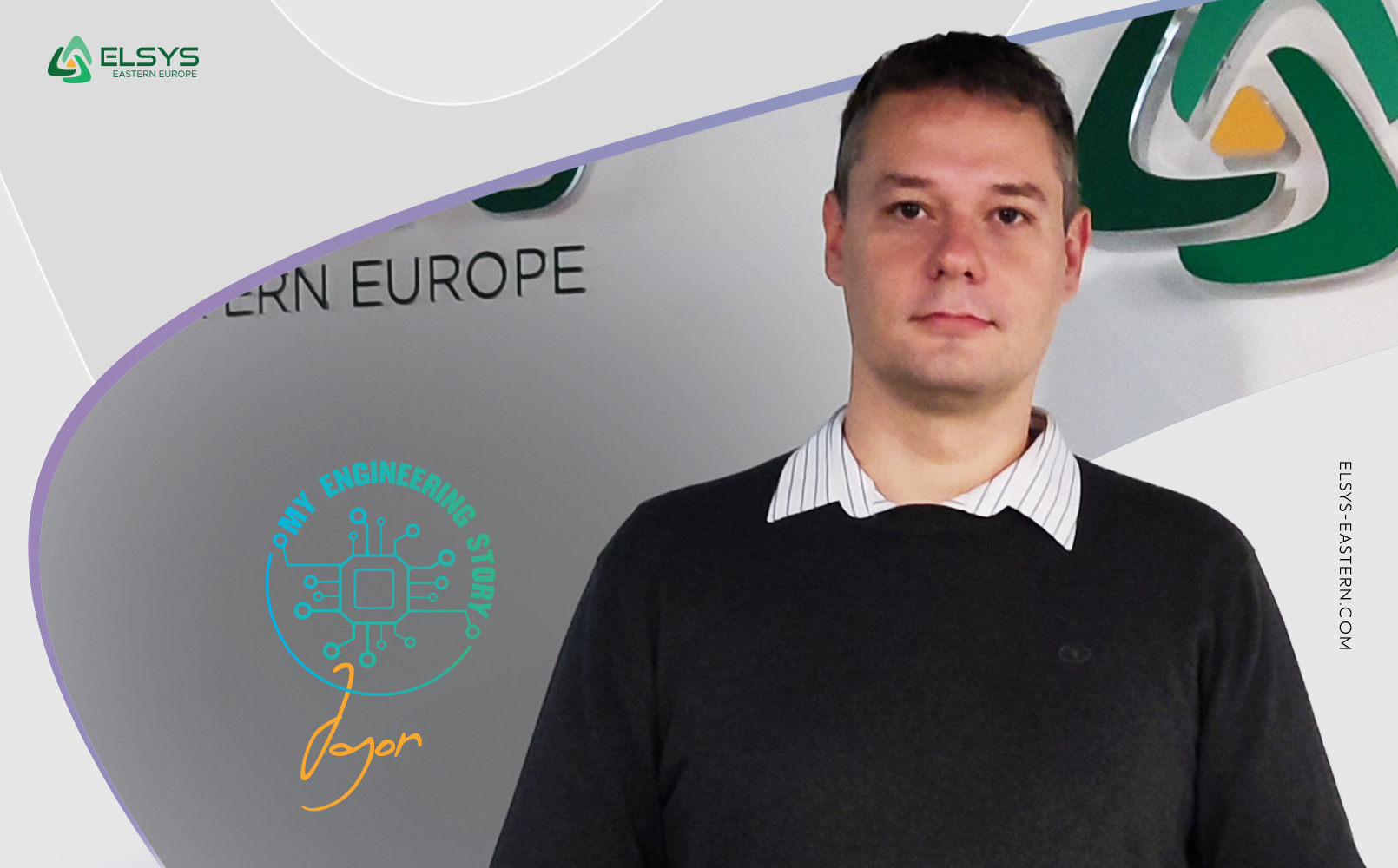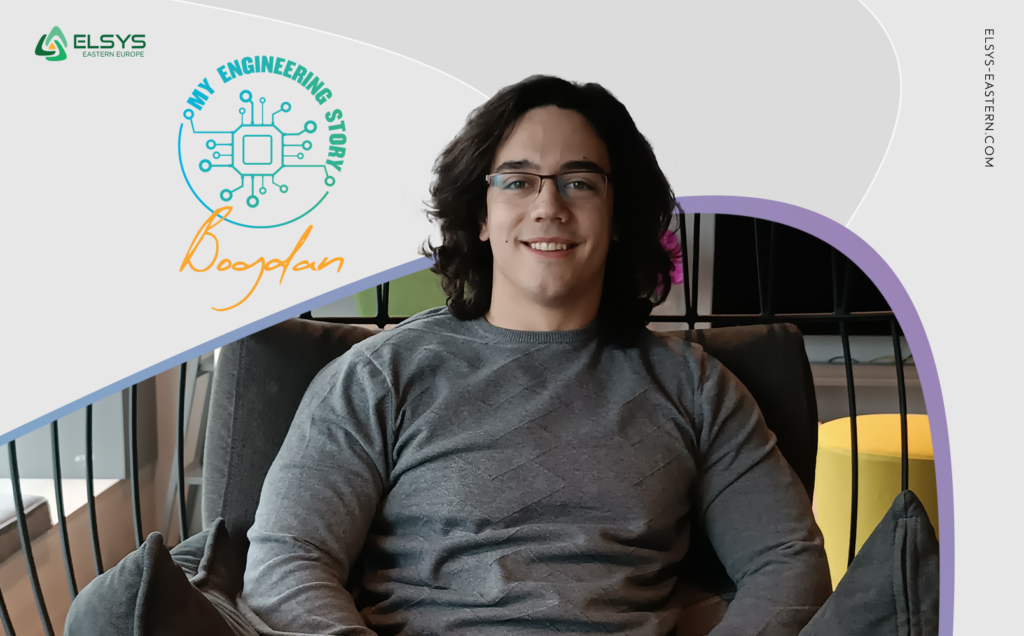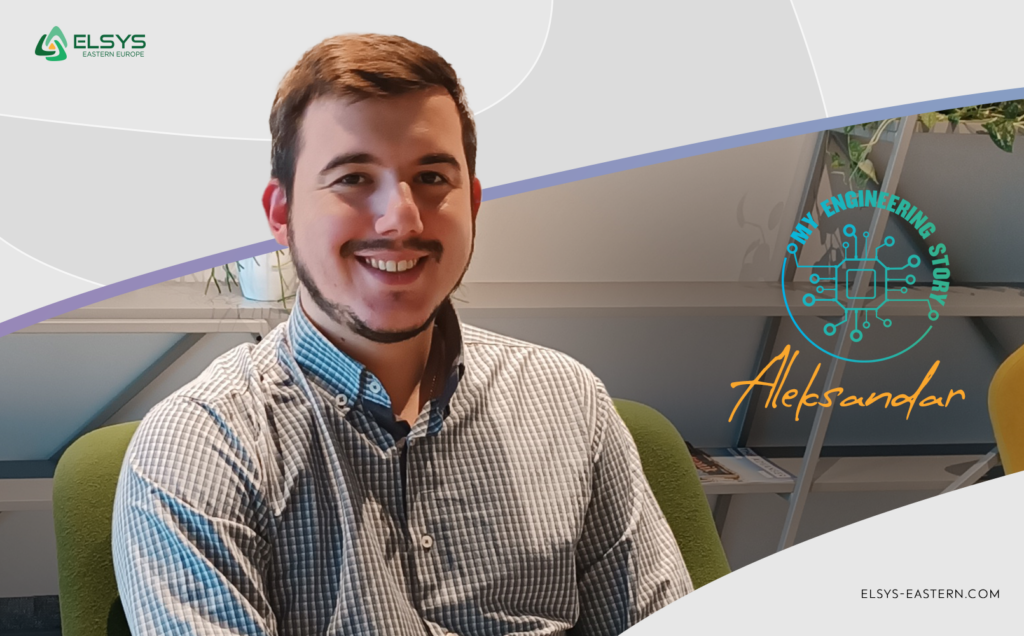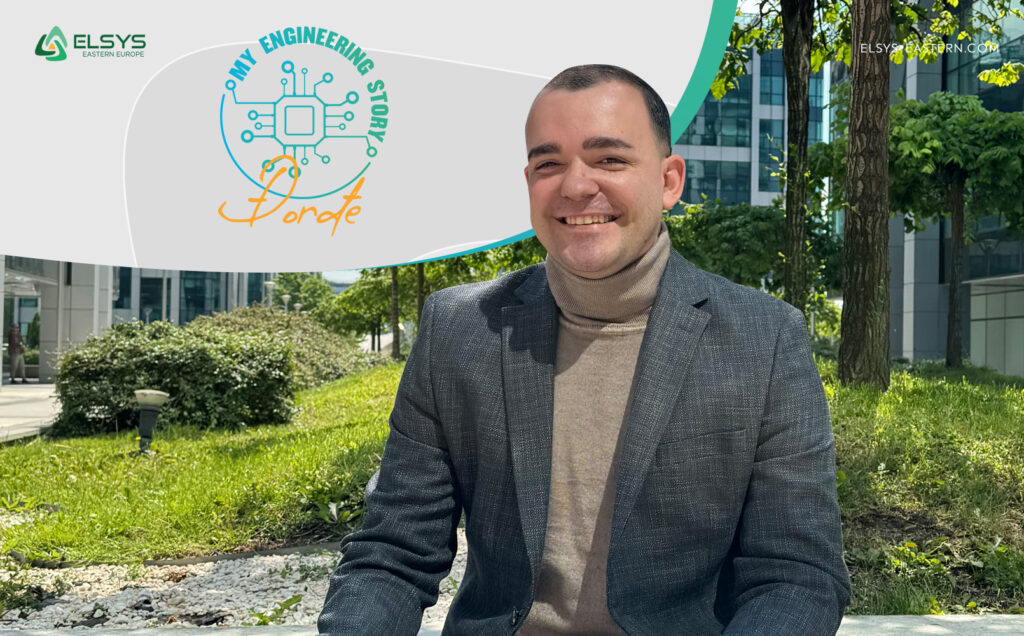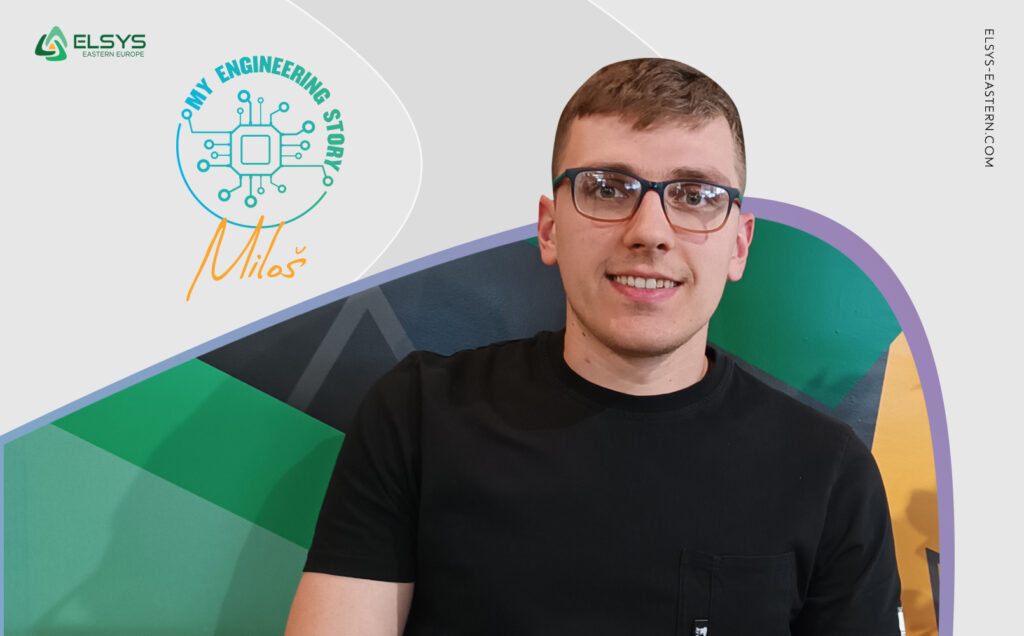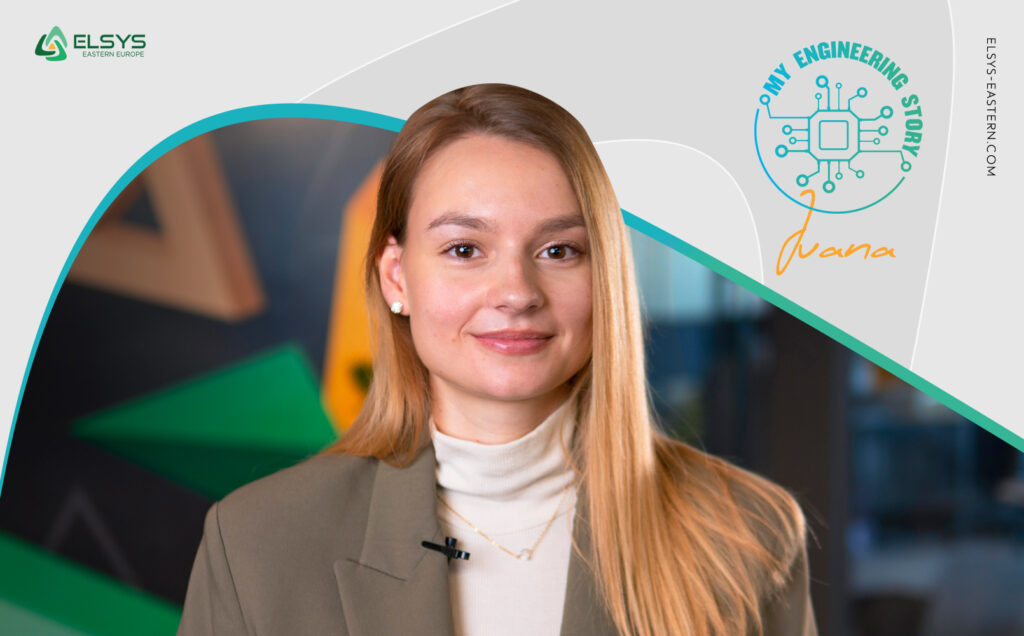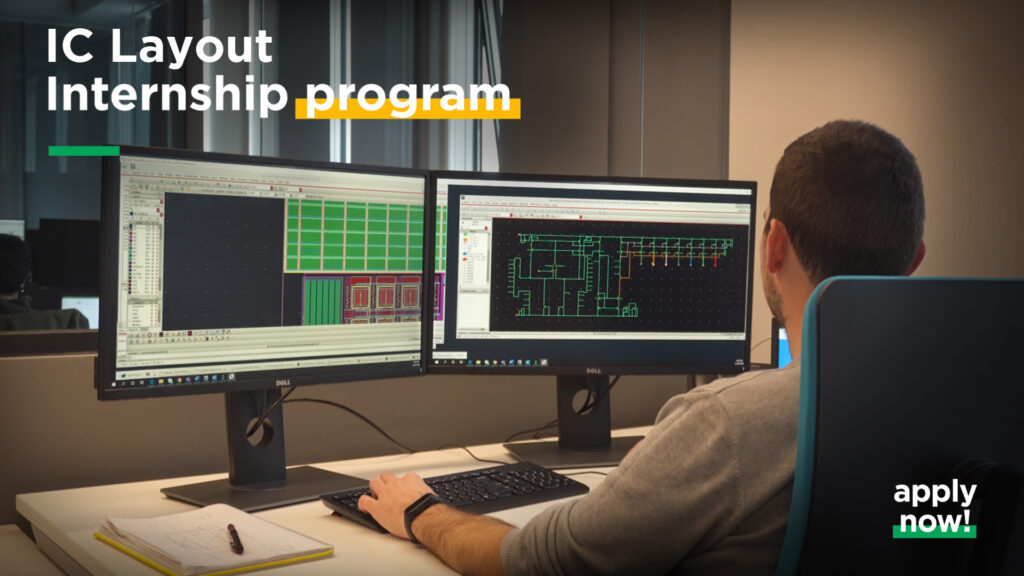My interest in technology began at an early age, as I eagerly waited for electronic devices to malfunction, always hoping to see what was inside when someone tried to fix them. An especially memorable experience came when my father took away a small electric motor from a broken toy, connect it to the battery and it started spinning. From that moment on, I began combining it with gears, wheels, ropes, toy cars, creating small machines performing interesting tasks.
During the high-school my love for music expanded my interest in electronics to solid state audio power amplifiers. That was a great journey of saving the money for electronic components, doing a home made PCBs with marker pen drawing and later etching, and the exiting moments of first starts, expecting the clean music while preparing for a MOSFET burnout. After the high-school, I enrolled at the Faculty of Electronic Engineering in Niš, where I began a new chapter and gained a deeper understanding of electronics. During this time, I developed a strong interest in digital electronics. Exploring the world of digital circuits like microprocessors, microcontrollers, FPGAs strengthened my path in the field, so after the studies I pursued PhD studies and I graduated with a PhD in field of Networks-on-Chip.
Today, as a Senior Staff ASIC/FPGA Design Engineer at ELSYS Eastern Europe, I tackle a wide range of challenges, from high-power motor control to low-power SoC, combining analytical precision with creative problem-solving, the very essence of what drew me to engineering in the first place. My work is a combination of creativity and precision, balancing optimal design complexity with ensuring proper circuit timing.
WHERE PASSION LEADS TO EXCELLENCE


